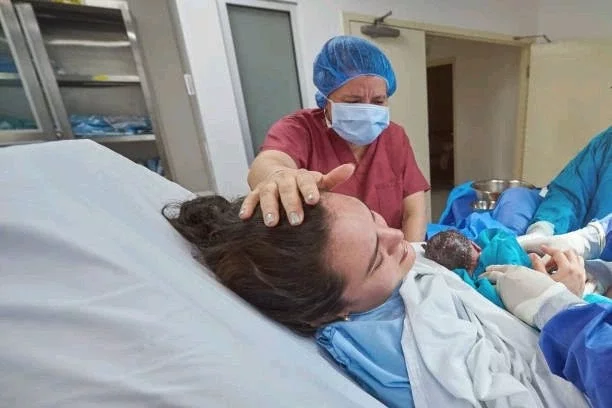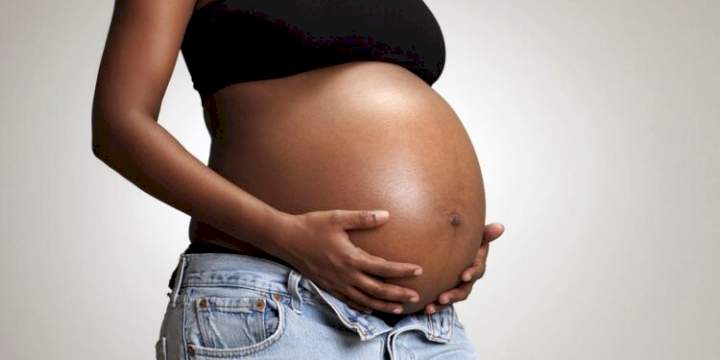Childbirth is a transformative and joyous experience, during which the well-being of both mother and child takes precedence. While vaginal delivery remains the most common method of childbirth, cesarean sections (C-sections) have become increasingly prevalent worldwide. However, it is crucial to determine the safety and implications of multiple C-sections for maternal health. According to healthline, This article aims to provide a comprehensive guide on the number of C-sections a woman can safely have, highlighting the associated risks, medical recommendations, and informed decision-making for expectant mothers.

Understanding Cesarean Deliveries
A C-section is a surgical procedure in which incisions are made in the mother's abdomen and uterus to deliver the baby. The World Health Organization (WHO) estimates that globally, around 21% of births are performed via C-section. This figure surpasses the recommended upper limit of 10-15% set by the WHO, highlighting the need to explore the safety concerns surrounding multiple C-sections.
The Safety of Repeated C-Sections
1. Impact on Maternal Health: Each C-section surgery carries inherent risks such as infection, blood loss, and injury to organs. Additionally, subsequent C-sections can lead to adherences, increased blood loss, and longer recovery times. Maternal morbidity and mortality rates also tend to rise with each subsequent C-section.
2. Uterine Rupture Risk: Uterine rupture is a rare but potentially life-threatening complication in subsequent C-sections. Studies reveal that the risk of uterine rupture increases with each successive C-section. Factors such as the type of uterine incision, interval between pregnancies, and the number of previous C-sections influence this risk.
3. Placenta Previa and Accreta: Pregnancies following multiple C-sections elevate the risk of potentially serious conditions such as placenta previa (when the placenta blocks the cervix) and placenta accreta (abnormal placenta implantation). These conditions can necessitate emergency surgeries and increase the likelihood of maternal bleeding and associated complications.
4. Adverse Outcomes for the Baby: Multiple C-sections may increase the risk of neonatal respiratory problems, prematurity, and low birth weight. The baby's well-being can also be compromised if the uterine scar from previous C-sections is weak and prone to rupture during labor.
Medical Recommendations and Guidelines
1. VBAC (Vaginal Birth After Cesarean): For women who have had one previous C-section, vaginal birth for subsequent pregnancies, known as VBAC, is an option if certain conditions are met. Such conditions include the type of uterine incision from the previous C-section, uterine tones, and the availability of skilled healthcare providers.
2. Number of Optimal C-Sections: While the specific limit on the number of C-sections is not defined, medical professionals generally recommend that women consider additional childbirth methods after two or three C-sections. However, individual considerations, such as a woman's overall health, previous complications, and the presence of medical risk factors, play a significant role in determining the safe number of C-sections.
3. Shared Decision-Making: Doctors, along with patients, should engage in shared decision-making to determine the best course of action. Factors such as the woman's age, future family planning, and any existing medical conditions should be carefully assessed to facilitate informed choices.
The decision to have multiple C-sections must prioritize maternal well-being while considering the potential risks involved. While vaginal birth after C-section (VBAC) is a viable option for some, a woman's overall health and any underlying medical conditions must be taken into account. Shared decision-making between healthcare providers and patients is crucial to ensuring that women make informed choices regarding their childbirth experiences. Further research is needed to establish precise recommendations and guidelines regarding the maximum number of safe C-sections. Ultimately, the focus should remain on minimizing risks, promoting maternal health, and delivering safe and successful birth outcomes for both mothers and babies.
















Comments